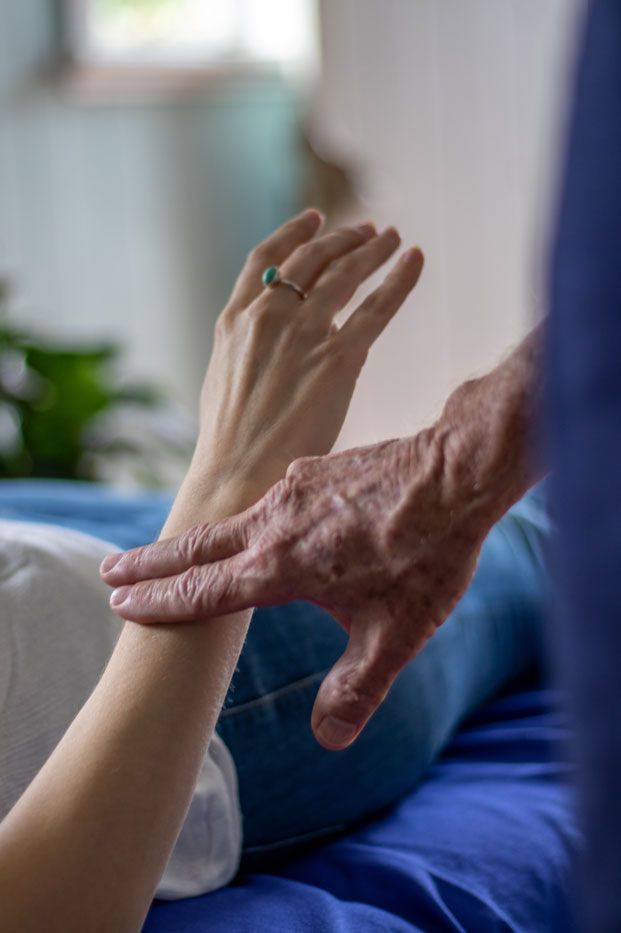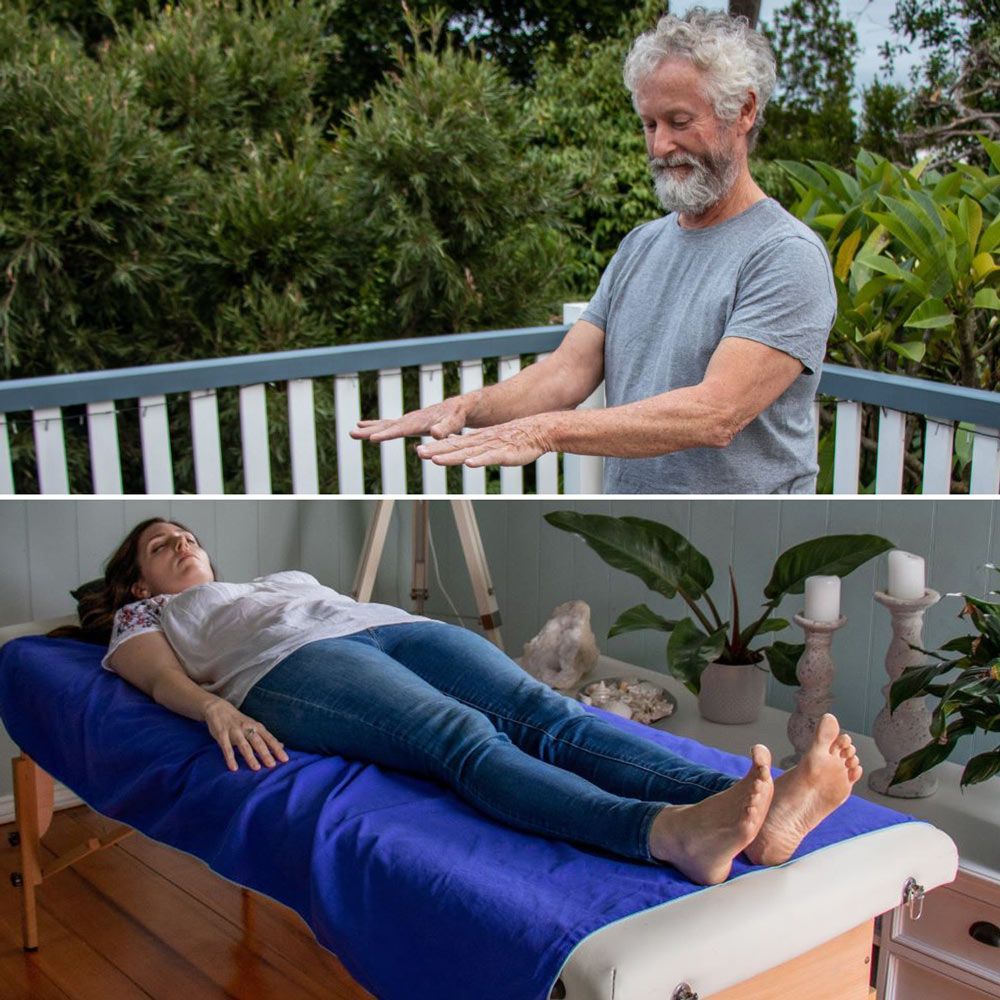Acceptance: The First Step Toward Real Change
Acceptance: The First Step Toward Real Change
“I don’t want to accept my health issues, emotional struggles, or stress. I just want to get rid of them.”
This sentiment is completely understandable. Most of us don’t want to “accept” what feels burdensome or painful. The urge to simply get rid of problems is natural. We want relief, and we want it fast. However, this resistance to acceptance can often leave us feeling even more stuck. The key difference between “getting rid of” an issue and “letting it go” lies in our approach. And it’s often acceptance—not avoidance—that becomes the essential first step.
The Misunderstood Power of Acceptance
Acceptance isn’t about giving up or resigning ourselves to a lifetime of struggles. Instead, it’s a process of understanding and acknowledging our issues, which can ultimately help us to let them go. The paradox here is that in order to release something, we must first allow it to be present. We have to face it and understand its roots rather than pushing it away. This isn’t to say that we’re “embracing” our issues or inviting them to stay forever—it’s more like we’re choosing to see and understand them without judgment.
For instance, when it comes to health concerns, emotional problems, or chronic stress, acceptance involves cultivating a curiosity about where these issues come from and why they’re there. We might ask questions like, “Why has this happened to me? What deeper part of me might be holding onto this, even if I consciously wish it were gone?”
Cultivating Curiosity and Understanding
True acceptance starts with curiosity. Instead of simply labeling issues as “bad” and wishing them away, we can become interested in them. Where do these feelings or symptoms originate? What part of us might want something different than what we think we want? Often, our minds and bodies develop coping mechanisms that, at one point, helped us survive physically or emotionally. The mind holds onto certain patterns because, at one time, they kept us safe. Understanding this history can help us view our issues with compassion rather than judgment.
Letting go of resistance to a problem involves allowing answers to bubble up on their own. Instead of trying to force solutions, we create space for insights to arise naturally. When we ask these questions and give ourselves room to receive answers intuitively, we start to see the problem as something that once served a purpose, even if it no longer benefits us.
Why Avoidance Won’t Work
Sometimes, we try to ignore or bury our issues rather than confront them. Self-medicating is a common form of this avoidance—whether through alcohol, food, screen time, or other distractions. While these approaches may offer temporary relief, they tend to mask the issue rather than address its root cause. Over time, avoidance can make the problem worse, as the unresolved emotions, stresses, or physical issues continue to build up in our bodies and minds.
Seeking external solutions without engaging with our own internal world can also limit the effectiveness of any healing journey. Going to a professional and expecting them to “fix” everything for us can become another form of avoidance. Real change requires that we actively engage in our own healing process. Professionals can offer guidance and support, but lasting transformation often starts from within.
How Body Flow Energetics Can Help
One approach that supports this internal process is Body Flow Energetics. This method works by helping us “connect the dots” between our symptoms and their underlying causes, allowing us to see a fuller picture of why we may be experiencing certain challenges. Often, our subconscious mind holds information that our conscious mind is unaware of. With techniques like kinesiology, we can bring this subconscious knowledge to the surface.
Through kinesiology, the conscious and subconscious minds begin to align, allowing us to gain deeper insights into our issues. This alignment can prepare us for the real work of “letting go,” as we’re no longer operating with conflicting intentions. Once we have an understanding of what’s truly going on, we’re better equipped to release old energy patterns and beliefs that no longer serve us.
The Process of Letting Go
Once we’ve reached a place of understanding and acceptance, the process of letting go can begin. This often involves what’s called release work, where we intentionally clear out stored energy and emotional blockages. Our bodies hold onto old emotions, tensions, and trauma, which can affect our mental and physical health. Releasing this built-up energy creates space for new, healthier patterns to emerge.
This isn’t a “one-and-done” process. Letting go is a gradual journey that might involve multiple sessions of energy work, self-reflection, and other forms of inner healing. Each time we release a bit more, we make space for greater self-acceptance, freedom, and peace.
Embracing Self-Acceptance
The final step in this journey is self-acceptance. As we let go of old beliefs, we begin to understand ourselves more deeply and approach our lives with greater compassion. Self-acceptance means honoring our entire journey—recognizing both the struggles we’ve faced and the progress we’ve made. This acceptance allows us to let go of the need for perfection or the unrealistic goal of “getting rid” of everything we dislike about ourselves. Instead, we can approach life with openness and resilience, ready to face whatever comes our way.
Acceptance isn’t always easy. It requires patience, curiosity, and sometimes a willingness to face uncomfortable truths. However, the rewards are well worth the effort. By accepting our current reality, we empower ourselves to change it. And as we shift from a mindset of resistance to one of openness, we discover that the very things we once tried to avoid become pathways to growth, healing, and lasting inner peace.
For those interested in exploring this journey of acceptance and release, Body Flow Energetics and kinesiology can be powerful tools. I’m here to support you in this process, helping you gain insights and find freedom in letting go. Contact Rob to learn more about how we can work together to help you embrace acceptance and begin your journey toward a healthier, happier life.








